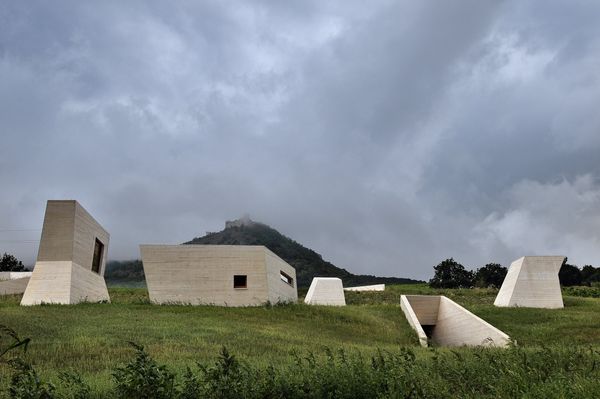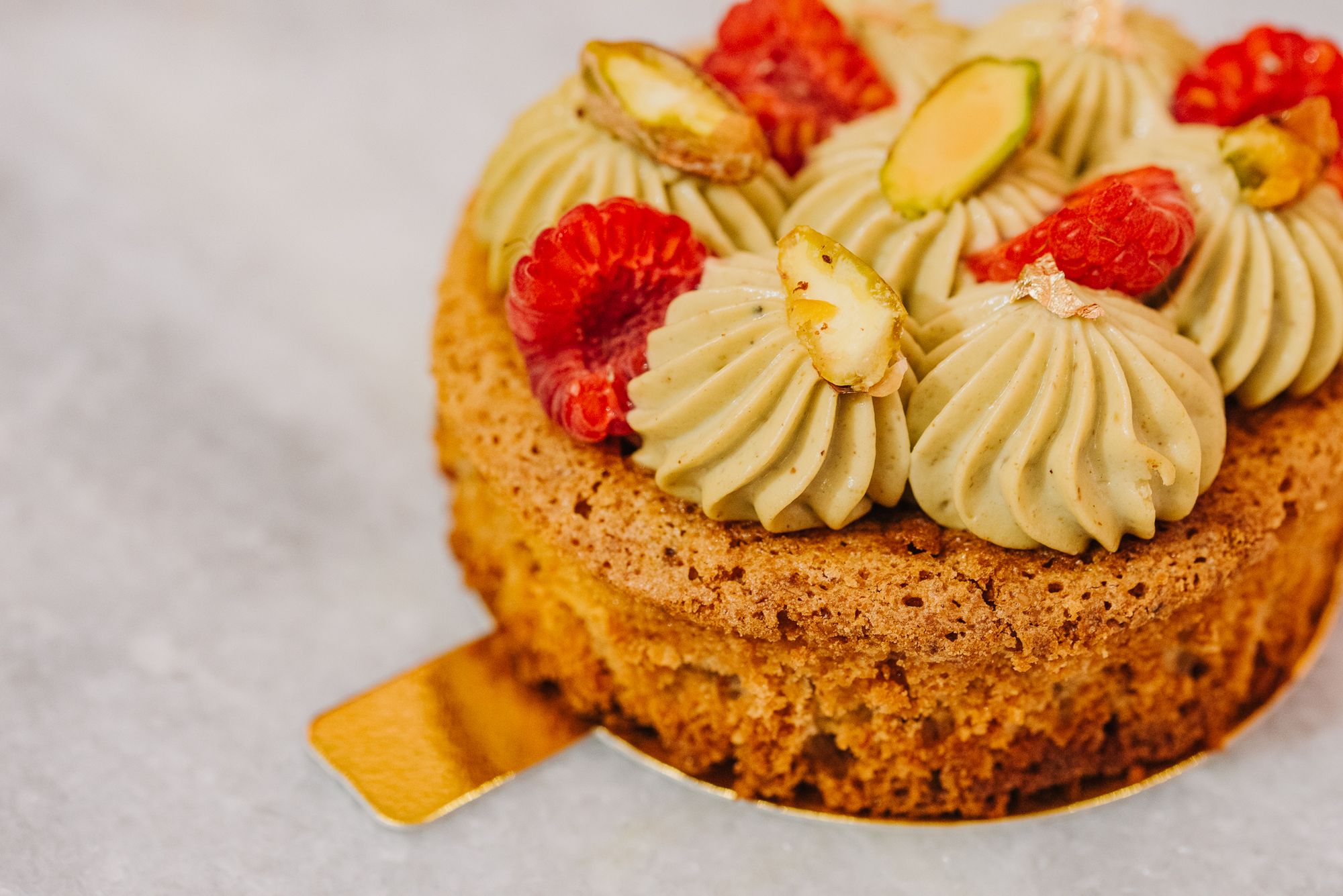In Harghita County, a village of barely five hundred people, a little French lifestyle sneaks in that entices and encourages locals to consume quality desserts. This is SweetLand by Viktoria.
The founder of SweetLand by Viktoria, Viktória Boros lives in Transylvania, and also has a confectionery here, where she mainly makes French desserts and cakes to order. She studied confectionery in Hungary for two years, then with the Erasmus program she had the opportunity to go to France as a confectioner assistant, where she not only gained experience but noticed the precision seen in the kitchen, the use of really good ingredients and the pursuit of everlasting perfection—then she decided: she wants to work like this and take this quality home to Transylvania.
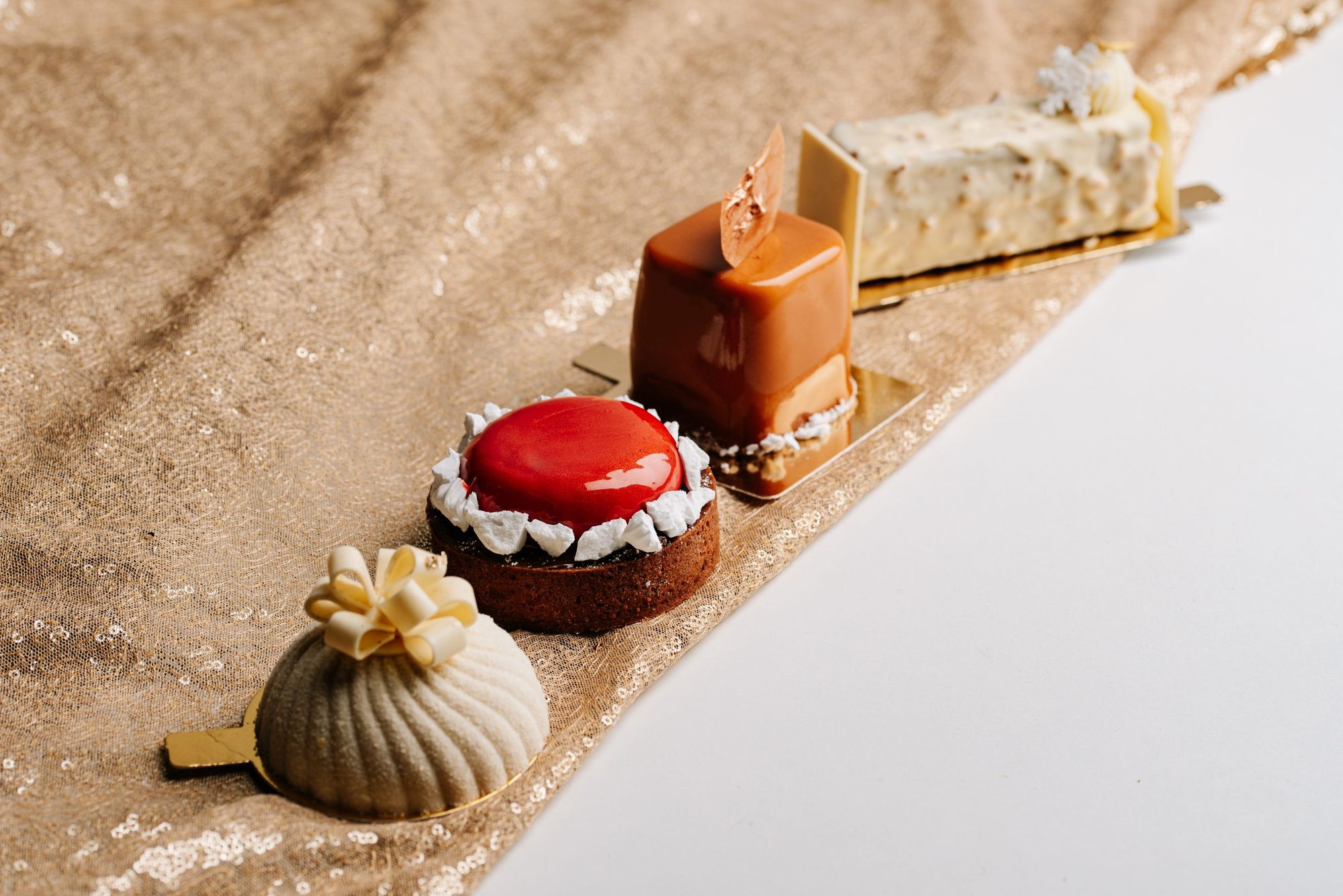
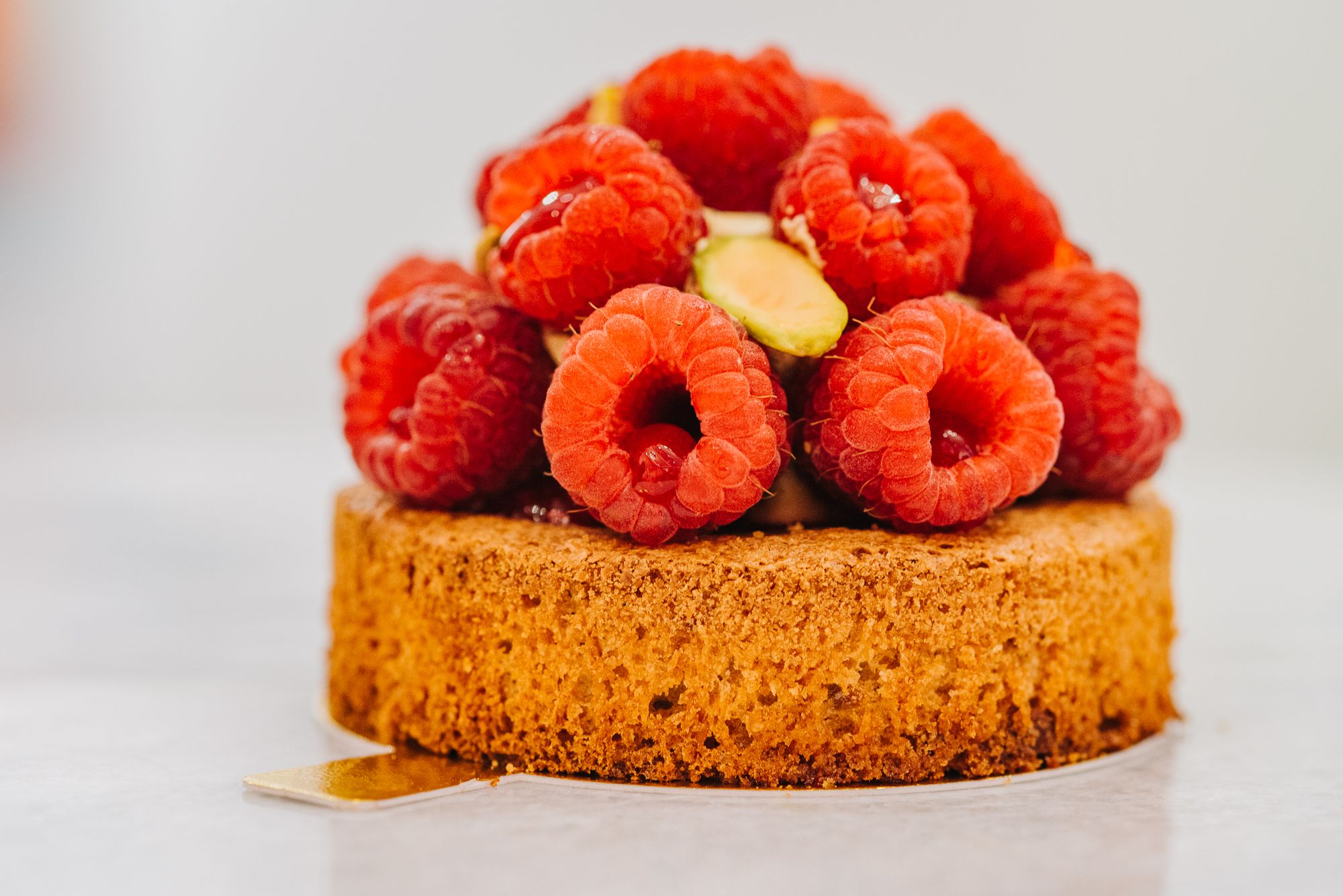
Her work is characterized by constant experimentation and inspiration, she regularly draws inspiration from arts. When designing a dessert, the seasons, their seasonal fruits and colors give her the main inspiration. In her cakes, the flavors and textures fall into harmony, but there is also room for her own visual concept to experiment with until it is perfect.
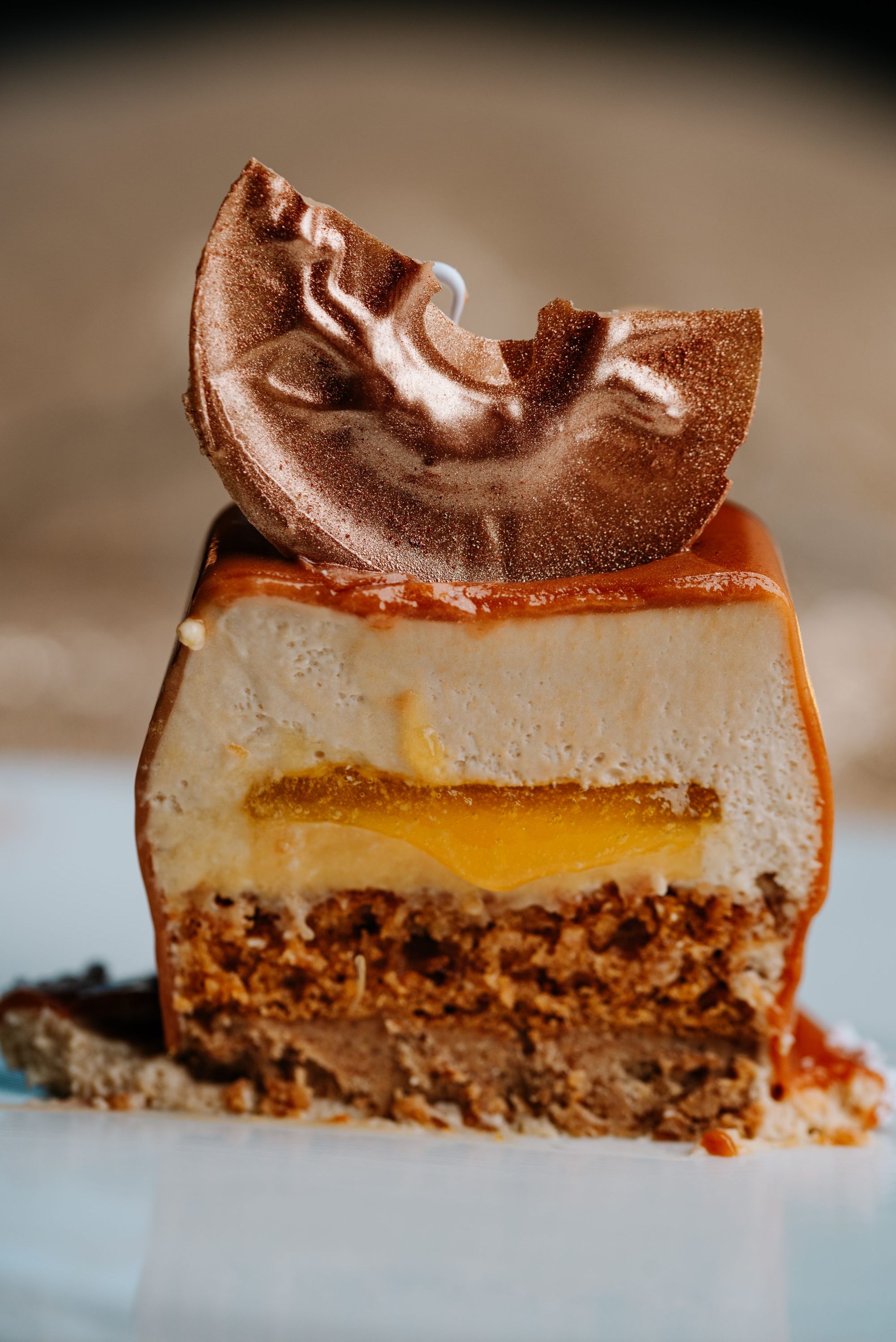
She is currently working on the new spring and summer flavors, which, according to her, will create a lively and fresh dessert collection. She plans to pair it with a new graphic design, which will be a more colorful approach after the previous clean and minimalist image. Victoria feels that these tiny, positive impulses are now extremely needed.
In addition to the traditional summer flavors—lemon-strawberry tart and praline dessert, for example—a great, classic Hungarian dessert has been chosen, the mákos guba.
“Mákos guba is a typically Central European dessert. It is also popular in Romania and I am also a big fan of poppy seeds (mákos guba is a poppy seed-based cake—the translator’s note), but I wanted to show the classic guba in a version that is visually closer to me.”—said Viki.
The sweet dessert is paired with a fruit, blackberry for its sourness, the taste of which is complemented by the vanilla mousse surrounding the guba. What puts the icing on the cake is the white chocolate ganache on top of it.
Victoria invests energy in matching her own ideas with her local, traditional, popular cakes—in the village, people are also more and more open to new tastes and reimagined, fresh and modern versions of classic cakes. Her goal is to try to introduce French gastronomy and French dessert culture to Transylvania as well, because she believes that not only the privileged can eat good quality desserts, and the time will come when quality wins in as many places as possible instead of quantity. Victoria wants to expand her confectionery in a larger city in the near future, where she will be able to conquer dessert lovers with her new and reimagined cakes and mono-portion desserts with more employees and more space.
Photos: Levente Józsa

NASA is testing an electric airplane

Swarovski debuts a new logo
